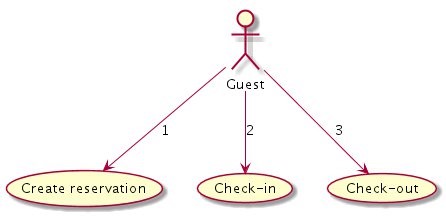AWS Database Blog
Tag: Amazon DynamoDB
Making coordinated changes to multiple items with Amazon DynamoDB transactions
The use of NoSQL databases has increased significantly in recent years as more and more organizations see NoSQL databases as solutions that free them from the constraints of a relational database management system (RDBMS). While the flexibility, agility, and performance of NoSQL databases are the main benefits triggering the shift towards them, the popularity of […]
Analyzing the impact of Python version on Amazon DynamoDB scan performance
Amazon DynamoDB is a NoSQL database that allows for a flexible schema. This means that items in the same table may differ from each other in terms of what attributes are present for each item. In an earlier AWS Blog post, we looked at the performance impact of attribute counts per item. Recently, when helping […]
Simulating Amazon DynamoDB unique constraints using transactions
Most relational database systems—and some non-relational database systems—have a construct known as a unique key or a unique constraint. This feature ensures that all values in a column or field are unique across rows. For example, if you have a User table, you might have a UUID as a primary key that uniquely identifies each […]
Refactoring to Amazon DynamoDB
July 2023: This post was reviewed for accuracy. Do you want to move from a relational database to NoSQL? In the following post, I walk you through reading, transforming, and writing SQL Server data from an Amazon EC2 instance to Amazon DynamoDB. I use AWS Glue to transform the source data model of multiple tables […]
A walkthrough of the Amazon DynamoDB Accelerator console – Part 2
Amazon DynamoDB provides scalability and performance where response times are measured in single-digit milliseconds. For use cases requiring response times in microseconds, DynamoDB Accelerator (DAX) is the service that helps deliver that. DAX is a managed cache that is API compatible with DynamoDB providing fast in-memory performance for demanding applications like real-time gaming, bidding, weather […]
Empirically test and measure queries from Amazon DynamoDB
This post describes how our team inexpensively provided simple output for the empirical analysis of Amazon DynamoDB queries. Our goal was to take a legacy DynamoDB database, transform the data in a novel way, and then store it in a new DynamoDB database. After eight months of hard work on our project, we decided to […]
Optimize Amazon DynamoDB scan latency through schema design
In this post, we demonstrate how Amazon DynamoDB table structure can affect scan performance and offer techniques for optimizing table scan times. Amazon DynamoDB is a NoSQL database that allows for a flexible schema. This means that items in the same table may differ from each other in terms of what attributes are present for each […]
How SimilarWeb moved to Amazon DynamoDB from Couchbase and saved 70%
This is a guest blog post by Doron Grinzaig, a software developer at SimilarWeb, in partnership with AWS solutions architect, Leonid Koren, and AWS senior technical account manager, Ziv Shenhav. NoSQL databases are a great fit for many modern mobile, web, and gaming applications that require scalable, flexible, and highly functional databases. However, NoSQL databases by […]
Amazon DynamoDB: Ad tech use cases and design patterns
Advertising technology (ad tech) companies use Amazon DynamoDB to store various kinds of marketing data, such as user profiles, user events, clicks, and visited links. Some of the uses include real-time bidding (RTB), ad targeting, and attribution. In this blog post, I identify the most common use cases and design patterns of ad tech companies […]
Amazon DynamoDB: Gaming use cases and design patterns
Gaming companies use Amazon DynamoDB in all parts of game platforms, including game state, player data, session history, and leaderboards. The main benefits that these companies get from DynamoDB are its ability to scale reliably to millions of concurrent users and requests while ensuring consistently low latency—measured in single-digit milliseconds. In addition, as a fully […]








